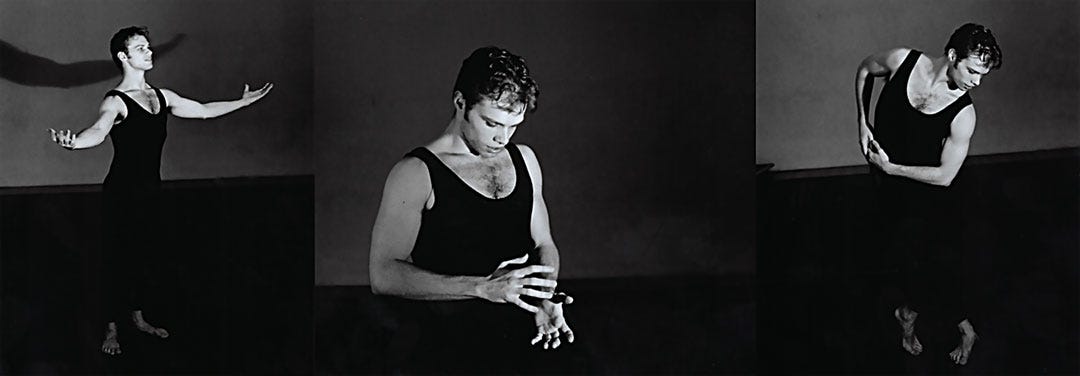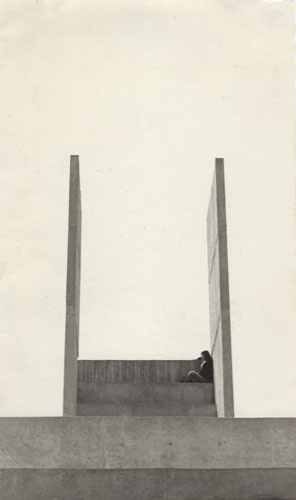conceiving a game for girls
In the late 1990’s, after my Tamagotchi—a keychain-sized virtual pet—ran away due to neglect (😿), I chanced to conceive a game using nascent AI in the form of fuzzy logic.
In those days, despite puzzling over Myst and twitching through Super Mario World, I was neither a gamer nor a fan of the shooter-games that proliferated. Instead, Furby, my favorite robot with blinking eyes and whoops of “Party!,” encouraged me to design a game for girls using feminine sensibilities, such as:
whispered secrets
lavish visuals
memorable tunes to play on piano
input through speech—instead of joysticks
My husband’s company built a game engine using fuzzy logic. Their first game prototype left me cold. But the engine, with pre-rendered graphics (for speed), speech recognition, and fledgling “smart agents,” prodded me all night.
As a teen, trying to cope with difficult situations and personalities, I’d invented a fantasy world called Godessia consisting of five lands, each with its own slant and dilemma.
Could I adapt that storyline into a playable game?
the concept
Fuzzy logic is a form of AI that makes decisions when conditions are uncertain, vague, or imprecise. What better terms to describe the teenage female mindset, I wondered?!
Before I explain, here’s the demo:
The underlying premise of the game is ascension to a higher understanding of people, their traumas and personalities.
In Godessia, each of the five lands is ruled by an element: Earth, Air, Fire, Water, Metal. In turn, each element is governed by an attitudinal bias: Water is sorrowful, Fire rageful, Air anxious, Earth competitive, and Metal exuberant.
In each land dwells a Secret-Keeper, holding the Secret of Earth, Secret of Water, Secret of Fire, and so forth. The secrets are actual truths about life intended to stimulate the player’s compassion and consciousness.
Speaking into a headset microphone, the player uses a list of distinct, recognizable words, similar to the kind used in air traffic control. Smart agents—the game characters—“listen” and respond. Yet the characters are difficult and sensitive; the player needs to figure out which phrases on the list will “unlock” the Keeper’s Secret and simultaneously navigate character “moods.” Each spoken phrase has the potential to increase or lessen the game character’s attitude and consequently, their cooperation with the player.
Hints are whispered by the Glapter, a pair of guides available at all times. The Oracle of Luth is a magical stairway that the player ascends, step-by-step, after gathering each Secret. Winning the game brings a meeting with Godesse, the most exalted character in Godessia.
Ambitious, right? Especially for the late ‘90s. Well, get ready for our Who’s Who list!
the production
When you have an Angel investor, as we did—and you’re unrealistic about how to recoup said investment, as we were—you tend to over-spend, as we did. Here’s what I mean (for reals):
Ellen Burstyn - voice of the mermaid Cintyfa
C.C. Loveheart - mermaid face and body model
José Limón Dance Company - mermaid choreography
Naaz Hosseini - original music score
John Guth Productions - audio recording & sound effects
Antoinette Lafarge - Godessienne font design

Timothy Binkley, the software architect for the GAIN Engine — Graphics Artificial Intelligence Networking, oversaw programmers. We hired Chadd Ferron, a Disney animator for the mermaid, and Miryana Nikolić, a Pixar/Dreamworks effects artist for the Oracle of Luth. Singer/actress Nancy Dochartaigh narrated the demo video.
the shoot
Before building, animating, and pre-rendering the characters, we needed to capture C.C. Loveheart in various expressions for the mermaid’s actions: speaking, idling/listening, and moving. To help the actress pose as a mermaid, we duct-taped her legs together. A Speedo bathing cap simplified the shape of her head, to help the 3D modelers recreate expressions more precisely.
Ellen Burstyn’s recorded voice helped C.C. work the range of attitudes, moods, and gestures required for animation.
Since the Water element is sorrowful, the mermaid’s outward character is bitter, haughty, and contemptuous. The player has to break through this personality “mask” to get the mermaid to open up and reveal her Secret.

what i thought as i created
Preparing the game demo, I was so excited to flesh out my teenage storyline that sleep often eluded me. The honor of directing such a talented team was a highlight of my life. I am forever grateful to our Angel investor, Ron Kastner, and to my husband, Tim Binkley, for giving me this opportunity to grow as an artist and director.
Mostly, I thought about ascension.
When I was eleven, I had an out-of-body experience. On a monument in a graveyard, I climbed a staircase that led to the sky—inspiration for the Oracle of Luth. Leaving my body, I returned to the One from which we all come. In that moment, all was known. I experienced dying—a feeling so familiar I could hardly believe I had forgotten it during life. This awakening made me a better person, which is what I wished and intended that Godessia could do for whomever played the game.
I hoped then, as I hope now, that artificial intelligence will be used to help human beings evolve, to help us solve the complex problems we face on a global level, to help us grow beyond our primitive, animal natures into the more compassionate, grateful, creative, and wise beings we have the potential to be.
If nothing else, I hoped the game would help players remember that under each difficult, challenging personality, lies a human being—with hidden traumas, scars, and secrets—just like them.










Sonya this is my favorite piece of yours yet!The game is brilliant,(I love the whispering) and your story of what you thought as you created is fascinating. What a production putting it together. I hope this game reaches millions of young (and old) girls.